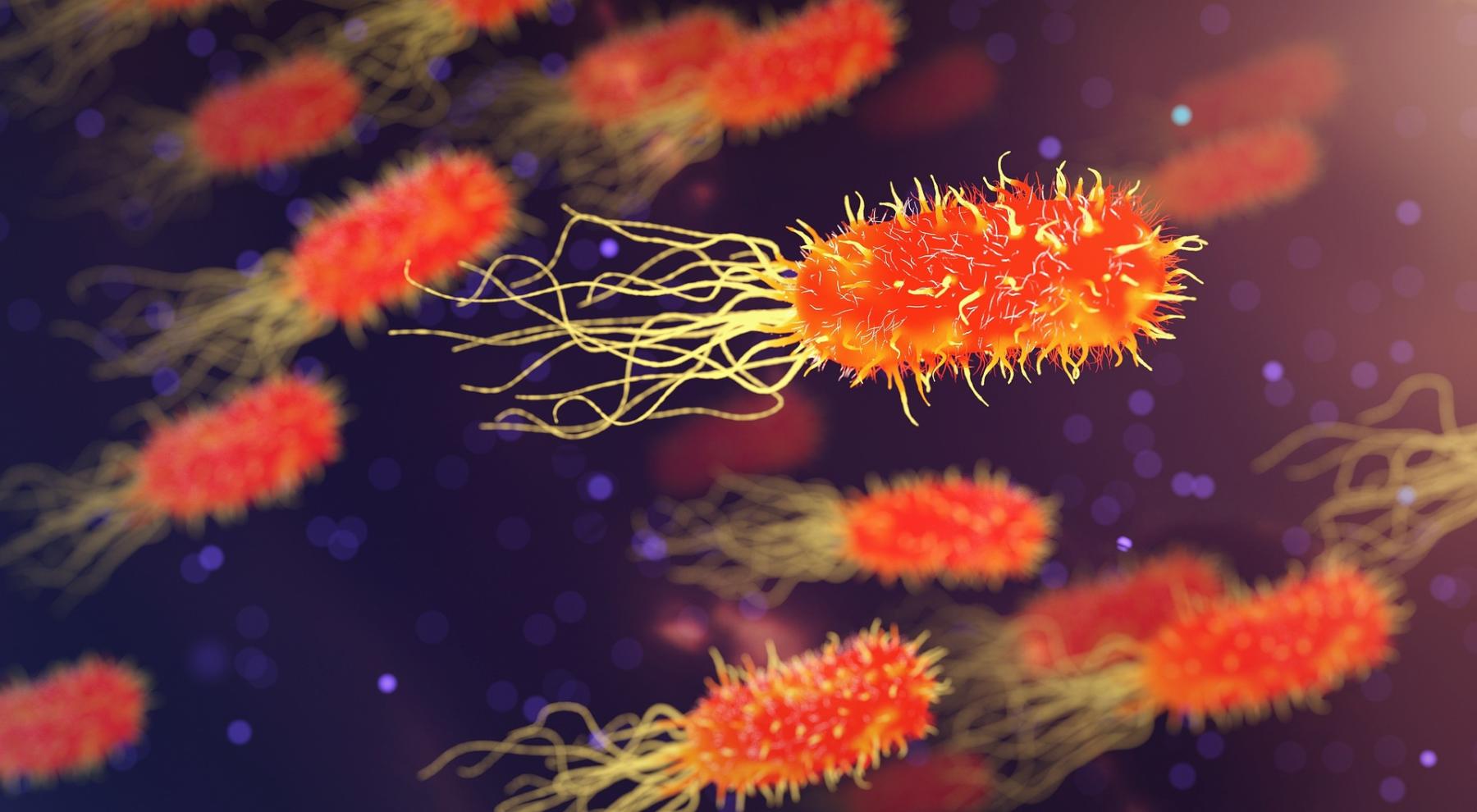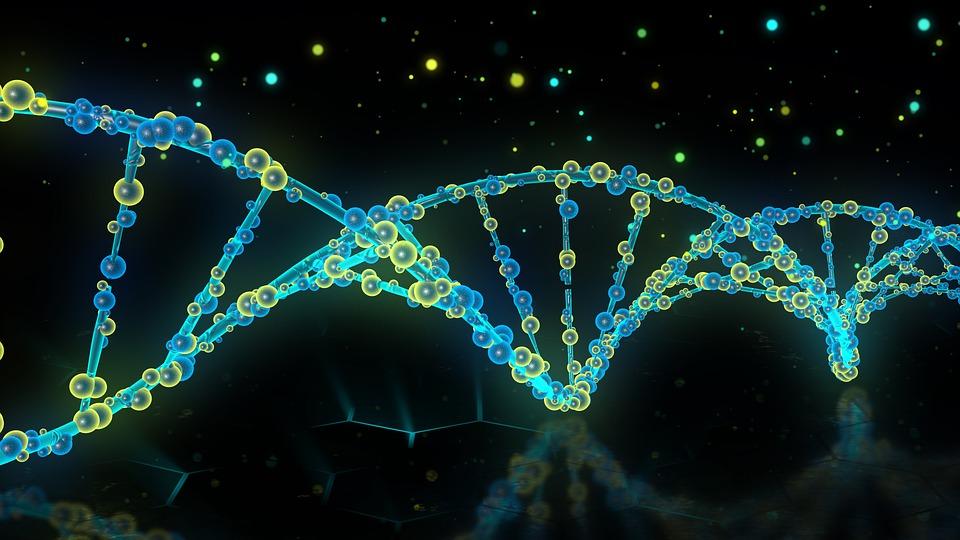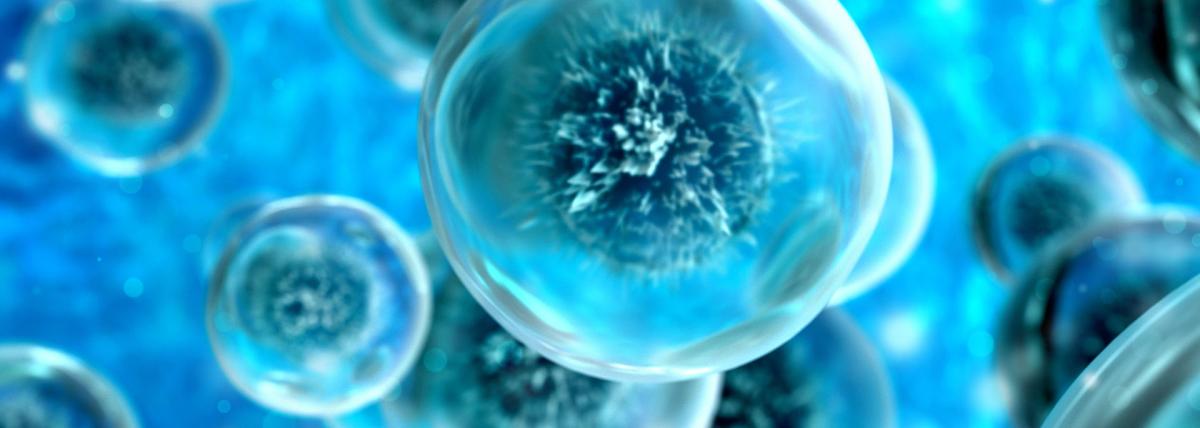
Food as a Tool: Sourdough Starter. Lesson 1: Making a Starter
by Sarah Ellison
Over the course of the next 15 days, students will have the opportunity to create a sourdough starter using one of six different flours provided. This lesson is the first of three lessons that takes place in a classroom during the unit. After the first three days, each lesson should take 10 minutes or less for data collection. The students will have the opportunity to collaborate and communicate with their peers and submit the data to Sourdough for Science.
Lesson Plan Link/URL
https://docs.google.com/presentation/d/1PHKpNGT4KHGgemSlpp0VmaNfm7PT0LVs/edit?u…Subject Area
Science Life Science L1: Cells L2: Organisms & Energy Mathematics Counting and Cardinality (CC) English Language Arts (ELA) Writing
Featured
Off
Related Content

Grades:
2nd Grade, 3rd Grade
Students will research a biome around the world, including 3 animals, 3 plants, and 3 nonliving parts of the ecosystem. Students will construct a diorama of the biome and illustrate a natural disaster

Grades:
5th Grade
In this fifth grade lesson plan, students extract DNA after reading about a young girl who is persistent in showing her parents she can be responsible. Students engage in identifying character traits

Grades:
10th Grade, 11th Grade, 12th Grade
This lesson has students create a unique graphical visual of the components of blood within a vial. These components of blood are then researched and used as a control for accomplishing two